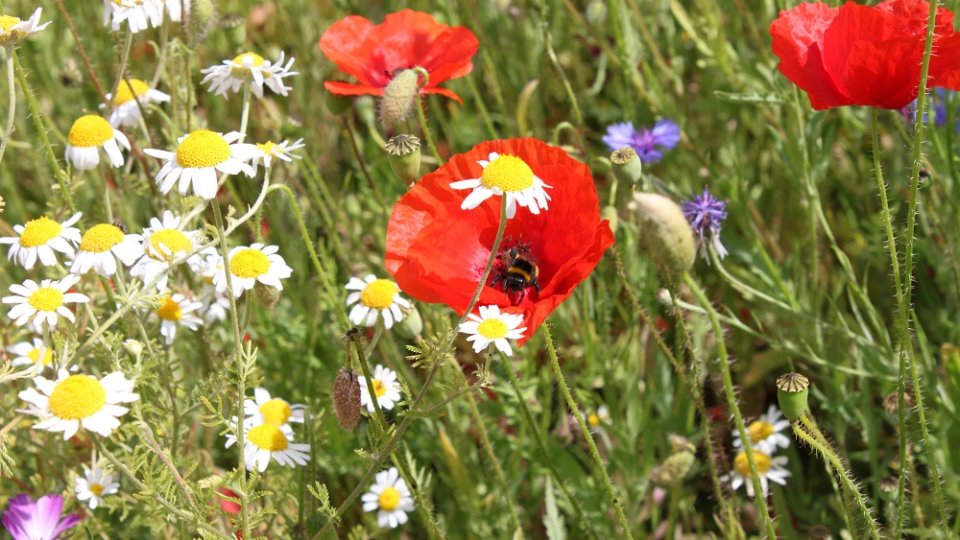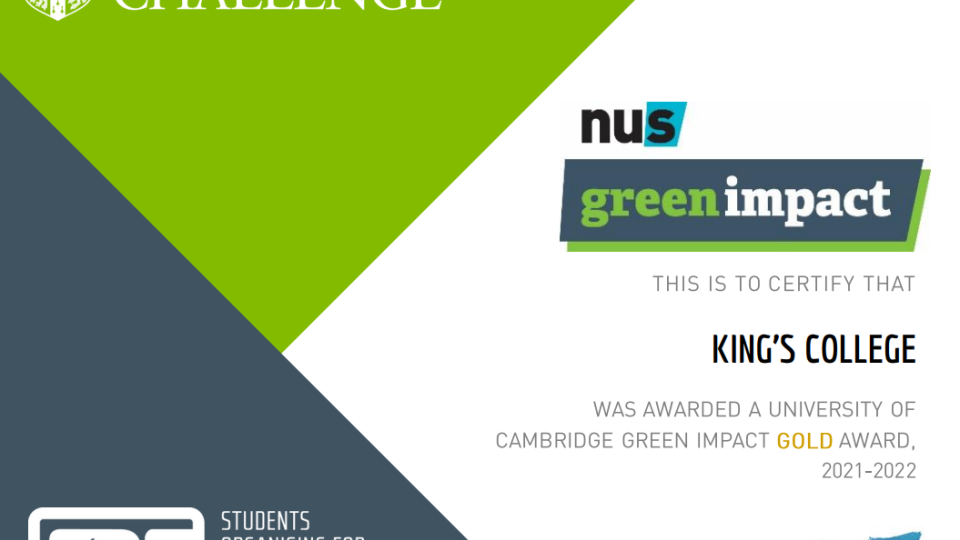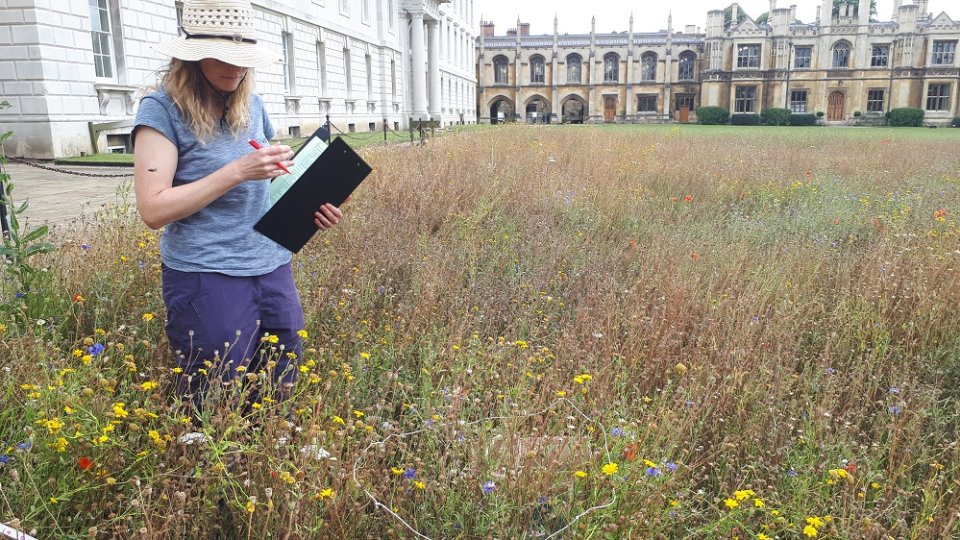
College Research Associate Jasmine Lee is examining the impact of human activity and climate change on Antarctic biodiversity. Jasmine’s research focuses on determining how factors such as tourism, pollution and non-native species affect the terrestrial biodiversity of Antarctica, including mosses, lichens, microbes, invertebrates, and land-breeding seabirds. These species survive in small patches of permanently ice-free land but are increasingly under threat.
Through a combination of methods including modelling and spatial analyses, Jasmine's research will assess the significance of these threats and identify methods for their mitigation. King's undergraduate Beth Doherty will be joining Jasmine over the summer as part of the King’s College Gatsby Summer Research Programme for the Sciences, to explore strategies for addressing Antarctic tourism in order to benefit the biodiversity of the continent.
Alongside her role at King's, Jasmine holds an 1851 Research Fellowship at the British Antarctic Survey in Cambridge having completed her PhD at the University of Queensland in Brisbane, Australia.






